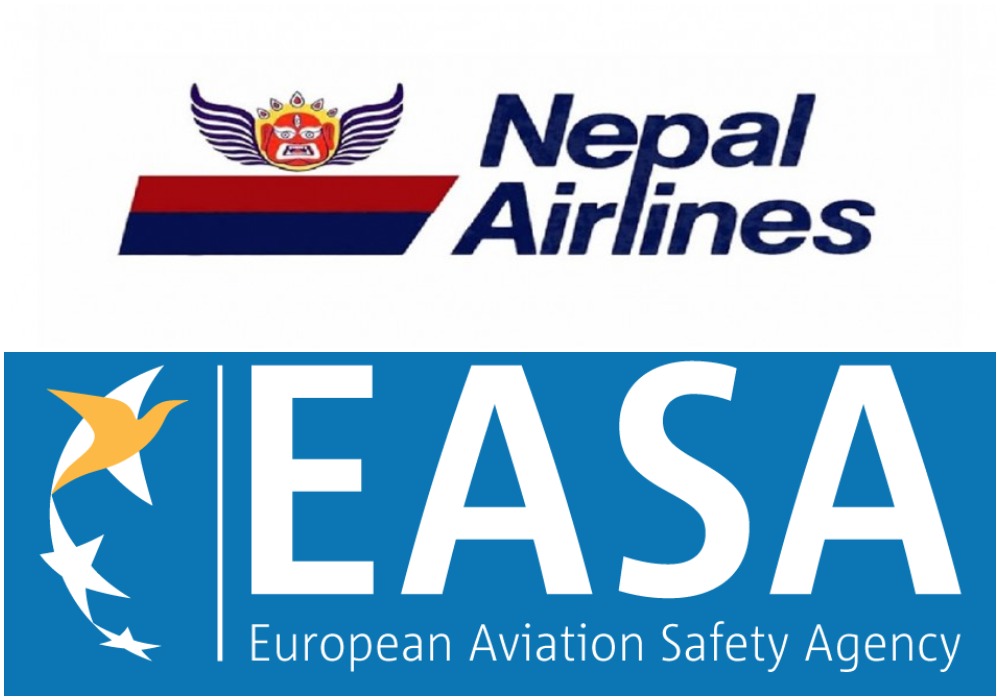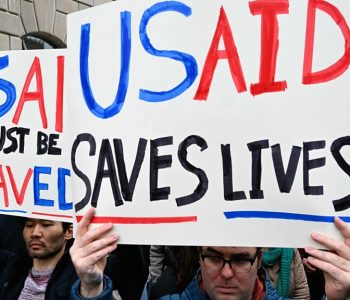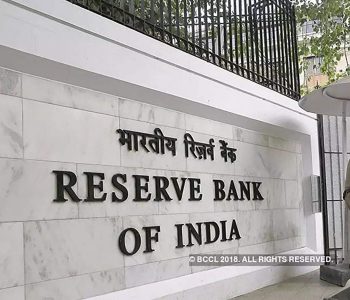EASA technical team arrives in Nepal to evaluate aviation safety progress

KATHMANDU: A technical team from the European Aviation Safety Agency (EASA) arrived in Nepal today to conduct an intensive three‐day evaluation of the nation’s aviation safety progress. The team, which will remain in the country until February 26, has been tasked with reviewing the audits conducted in September 2023 and assessing the implementation of corrective recommendations issued at that time.
The evaluation comes amid ongoing concerns over Nepal’s compliance with international aviation safety standards. The technical team will begin its work at the Civil Aviation Authority of Nepal (CAAN) before proceeding to examine operations at two key airlines—Nepal Airlines and Shree Airlines. The findings of the assessment will ultimately guide a decision on whether Nepali aviation services can be removed from the European Union’s blacklist, known as the Safety Concern List.
During the inspection at CAAN, the team will verify the authority’s compliance with established safety protocols and its progress in addressing earlier deficiencies. The September 2023 audit, conducted over a five-day period from September 11 to 15, praised CAAN for its ongoing efforts and the leadership of Director General Pradip Adhikari, yet it simultaneously raised serious concerns regarding the safety practices at Nepal Airlines and Shree Airlines.
The EU report published on November 30, 2023, detailed that despite noteworthy improvements, both airlines had failed to meet critical safety benchmarks. Among the deficiencies noted were inadequate regulatory oversight, poor flight schedule management, and failure to implement issued directives. Specifically, the report criticized Nepal Airlines for not having an effective system in place to manage flight schedules, limited flight time availability, and improper flight planning. It called for a complete overhaul of the airline’s leadership, processes, and safety systems.
Similarly, Shree Airlines was cited for operational shortcomings including substandard time management of flight crews, ineffective flight planning, and an institutional structure that did not meet the required safety standards. The report highlighted non-compliance with Safety Management System (SMS) requirements, a lack of quality improvement in audit checklists, poor document management, and an overall failure to address safety deficiencies identified during annual audits. These issues, the report argued, were critical factors in keeping Nepal on the EU’s restricted list—a designation that has remained in place since 2013.
An EASA official explained, “Our assessment over the next three days will determine whether the improvements noted in CAAN’s operations have translated into measurable safety gains at the operational level in both airlines. The results of our evaluation are crucial in deciding if Nepal’s aviation sector is ready to regain full international standing.” The official, speaking on condition of anonymity, added that the team’s work would involve detailed inspections of operational protocols and interviews with key personnel at CAAN, Nepal Airlines, and Shree Airlines.
In addition to the ongoing audit of safety procedures and operational practices, recent developments have further complicated Nepal’s aviation landscape. The Civil Aviation Authority of Nepal recently imposed a ban on the import of European helicopters, citing concerns over their suitability for the country’s challenging terrain and airspace.
CAAN spokesperson Gyanendra Bhul stated, “European helicopters are not suitable for Nepal’s geography, which is why we have banned their import. Airbus helicopters, which have 1,600 horsepower, have not proven effective for our terrain.” The decision came after a review of helicopter accident data in Nepal, which revealed that a majority of the incidents involved Airbus models.
The ban on European helicopters underscores the broader safety challenges facing Nepal’s aviation industry. With a history of safety issues and the continued presence of Nepal on the EU blacklist, the stakes are high for regulators and airlines alike. Should the EASA technical team determine that sufficient improvements have been made, Nepal may be on track to have its status re-evaluated and potentially removed from the blacklist. However, failure to meet the required standards could prolong restrictions on Nepali aviation operations within European airspace.
As the evaluation proceeds, industry experts and government officials are closely monitoring the developments. The outcome of the assessment is expected to have long-lasting implications not only for Nepal’s aviation sector but also for its international relations and economic prospects, given the critical role that aviation safety plays in global connectivity and trade.














Facebook Comment